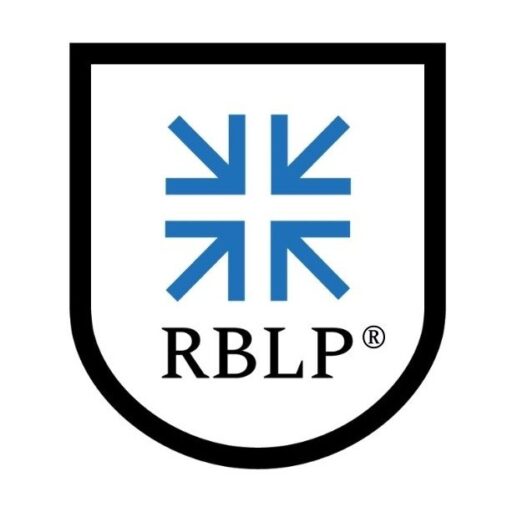
Contact Us | Login | ATP Academy
Impartiality Policy | Privacy Policy | Terms Of Use
© 2019-2026 | Resilience-Building Leader Program, Inc. | All Rights Reserved
“RBLP”, “Resilience-Building Leadership Professional”, “Learn More. Lead Better.”, and the RBLP shield logo are registered trademarks of Resilience-Building Leader Program, Inc.